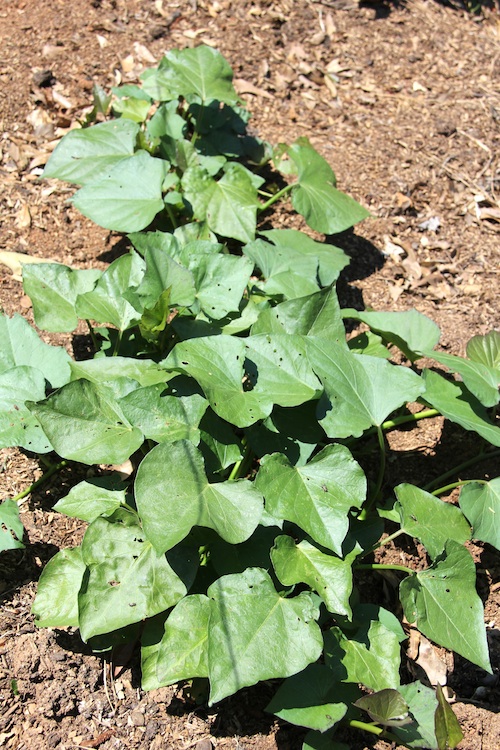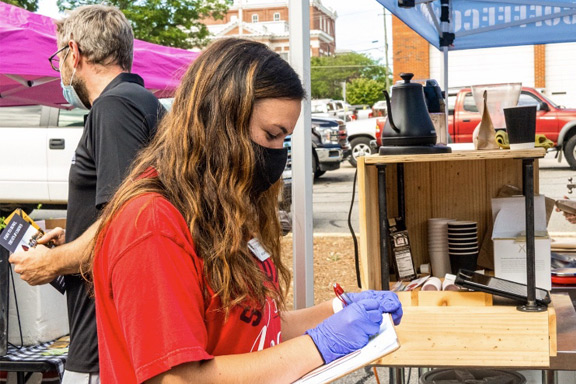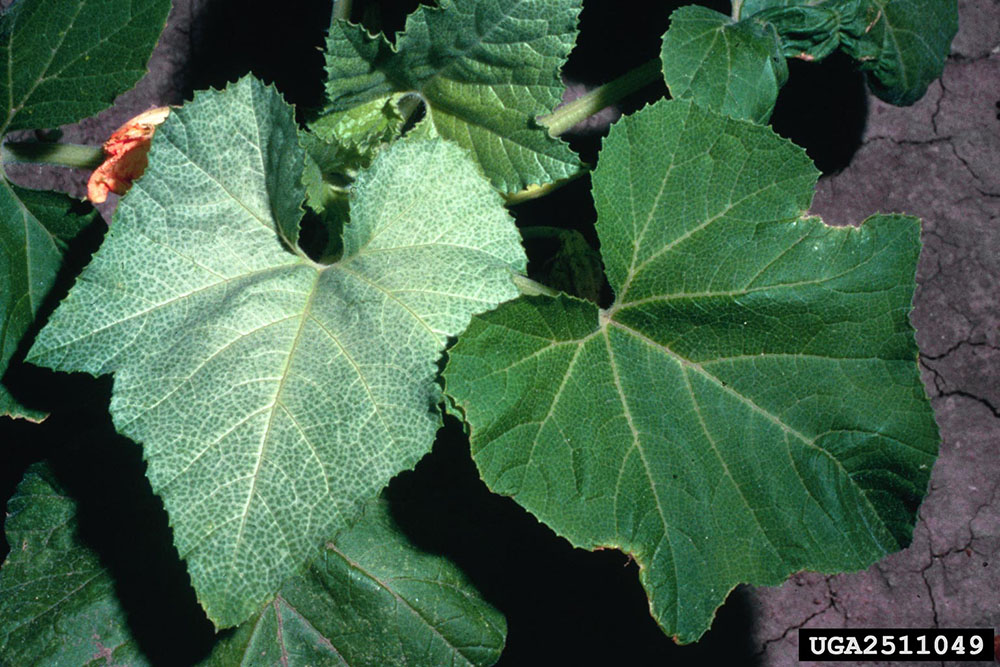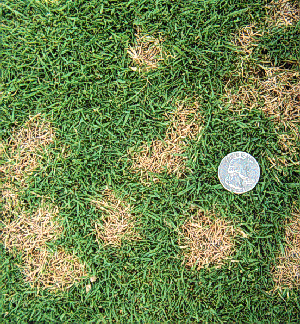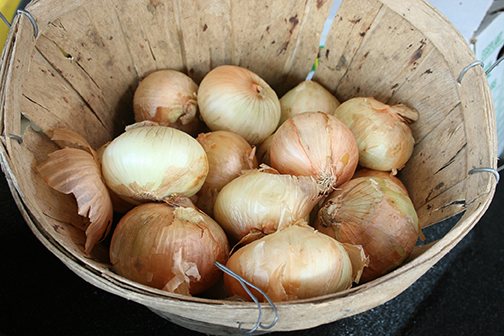Growing a good potato starts with good seed.
University of Georgia Cooperative Extension vegetable specialist Tim Coolong advises Georgia gardeners to find a reputable dealer or seed source to obtain healthy, disease-free seed stock. Ability permitting, the seed stock should be kept between 55 and 60 degrees Fahrenheit for a couple of weeks to initiate sprouting.
Cutting seed pieces one or two days prior to planting can help suberize (heal) the cut surfaces, which allows a protective waxy layer to form over the surface, thus minimizing the chance of disease loss once the potato is planted.
Because potatoes are planted early in the year, producers commonly face the issue of seed pieces sitting in cold, wet soil due to spring rains. These conditions put the seeds at risk for disease, so a well-drained site is essential.
Additionally, when finding a proper site to cultivate potatoes, be sure to practice good rotation. If potatoes are planted in the same area for a number of consecutive years, the crop is put at risk for potato scab and other soilborne diseases.
As for fertilizing, potatoes are described by Coolong as “average feeders.”
“They’re not particularly heavy nitrogen feeders, such as sweet corn, but they require significantly more nitrogen than sweet potatoes,” Coolong said.
It is typically recommended for growers to apply their phosphorus and at least half of their potassium at planting. Nitrogen applications can be split into a quarter at planting, then two or three more applications done during the season.
When the potatoes are being hilled, or soil is brought up around the vines to prevent them from poking out of the ground and greening, an application of fertilizer can be incorporated.
“Once you get the plant going and sprouting out of the ground, it’s fairly straightforward,” Coolong said. “The initial phase, particularly early in the spring, is when many gardeners have issues.”
Since potatoes are grown under ground, there are a few ways to tell if they are ready to be harvested. Some varieties are better for growing “new potatoes,” or immature potatoes, in which case test-digging can be used to determine readiness. As for full-season potatoes, Coolong said potatoes are generally ready when the vines start dying back and yellowing. The vines can either be mowed before digging or desiccants can be sprayed to dry the vines out.
“If you go in the garden and decide you want potatoes, and if they’re the size you need, you can go in and dig them early, that’s perfectly acceptable to do,” Coolong said.
After the potatoes have been harvested, they should be stored in a cool, dry place with a relative humidity of 70 to 75 percent. Cold damage becomes a problem if potatoes are stored at temperatures that are too low. Be sure to find cool storage, not cold storage.
[Julia Rodriquez is an intern for the UGA Tifton Campus.]

